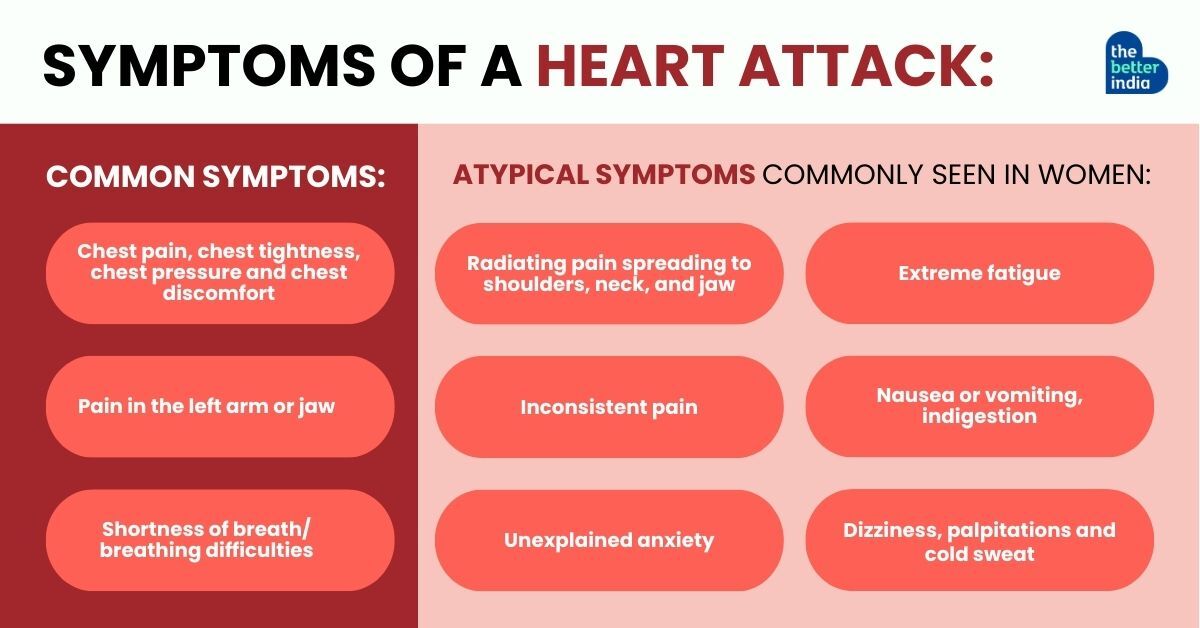Heart disease is commonly misconstrued as a problem associated primarily with men, but studies have shown that it is far from the truth. A lack of awareness, research, and prevention efforts has resulted in women often silently suffering from, and dying of, preventable heart diseases. This World Heart Day, we aim to shift the narrative to the often-ignored subject of women’s heart health.
Life was routine for 40-year-old Neha until an incident shook her world. The Haridwar resident started experiencing sudden dizziness and fainting episodes, blacking out for a few seconds before regaining consciousness. This happened four to five times over two days. She visited a local doctor who advised her to immediately seek treatment from a specialist in Dehradun.
After conducting ECGs and other basic tests, the doctor in Dehradun realised that these were symptoms of sudden cardiac arrests and referred her to the Fortis Escorts Heart Institute in New Delhi, where she proceeded for treatment.
Dr Aparna Jaswal, Director of Cardiology, Department of Cardiac Pacing and Electrophysiology at Fortis, identified Neha’s symptoms as a heart ailment, explaining that her sudden fainting episodes were the result of cardiac arrest. They were able to identify the ailment through continuous heart monitoring.
Neha’s case is not the only one. The prevalence of coronary artery diseases in women range from three to 13 percent, according to a report in the Journal of the American College of Cardiology. The report also states that the disease has increased by over 300 percent in the past 20 years.
According to the Global Burden of Disease Study, heart disease is a leading cause of fatality among Indian women, accounting for over 17 percent of deaths.
This alarming statistic underscores the importance of recognising the unique ways heart diseases manifest in women, as well as the critical need for awareness and proactive health management.
Heart disease is the biggest killer
Heart disease refers to a range of conditions like coronary artery disease, congenital heart disease, arrhythmia (irregular heartbeats), cardiac arrest, and more. It is one of the leading causes of death worldwide.
However, more often than not, heart diseases are preventable and can be successfully treated if diagnosed early.
While the traditional belief is that heart diseases generally affect women 10 years later than men, this is no longer the case. Just like younger men are getting heart attacks, so are women, but they are often unaware of the signs and symptoms.

According to doctors, the first vital step is to address a common misconception that cardiovascular diseases, including heart attacks, affect men more than women.
“A critical difference is that women often experience ‘silent’ heart diseases, where symptoms may not be as pronounced or may be misattributed to other conditions. This often leads to delays in diagnosis,” says Dr Ravinder Singh Rao, an interventional structural cardiologist and angioplasty expert.
Therefore, it is imperative for women to be aware of the symptoms and to seek immediate hospital care whenever they experience them.
Symptoms of a heart attack:
The usual symptoms common across genders include chest pain, pressure or discomfort that lasts more than a few minutes or recurs, Dr Rao informs. However, he adds that chest pain experienced by women may differ slightly from that experienced by men, often described more as pressure or tightness.
“Other symptoms seen in women include neck, jaw and shoulder pain, shortness of breath, pain in one or both arms, nausea or vomiting, sweating, or dizziness. Women should be particularly cautious about atypical symptoms, as they may not be recognised as signs of a heart attack,” he says.
Dr Jaswal adds that dizziness, blurring or fainting, radiating pain to the shoulders and jaw, extreme fatigue or breathlessness, and palpitations are also symptoms seen in women.

She informs that earlier, hormones were believed to provide protection against heart diseases till menopause, when the levels dropped. However, that is not the case today, as younger women, too, experience heart ailments.
Risk factors include high blood pressure, high cholesterol, diabetes, smoking, and a family history of heart disease. If you have any of these, you should get regular check-ups.
“Every adult, be it a woman or a man, must get yearly check-ups. Check your blood pressure and sugar, especially if you have a family history of heart disease. If any of these levels are elevated, treat them on time. Heart diseases are preventable if these risk factors are in check and monitored regularly,” says Dr Jaswal.
Additional risk factors for women include pregnancy complications. If a woman has gestational diabetes or preeclampsia (high blood pressure), the risk of heart disease later increases. Therefore, doctors stress that it is vital for women of all ages to prioritise their heart health.
According to the World Heart Federation, women also tend to have more severe first heart attacks that more frequently lead to death compared to men. “Women are the forefront and backbone of the family. Yet, they quietly die due to sudden cardiac arrests, and not much is spoken about it. It’s time that women recognise the warning signs and rush to the hospital any time they experience any of the symptoms,” Dr Jaswal says.
She also urges women to have yearly health check-ups and take immediate action if any of their levels are high.
Neha’s prompt thinking probably saved her life. You too can save yours by taking care of your health and acting promptly.
“Time is critical during a heart attack, and even a minute can turn the situation around for a person. In crucial times, you should trust your instincts, and if something feels wrong, you should immediately seek medical attention,” says Dr Rao.
Edited by Arunava Banerjee
No comments:
Post a Comment